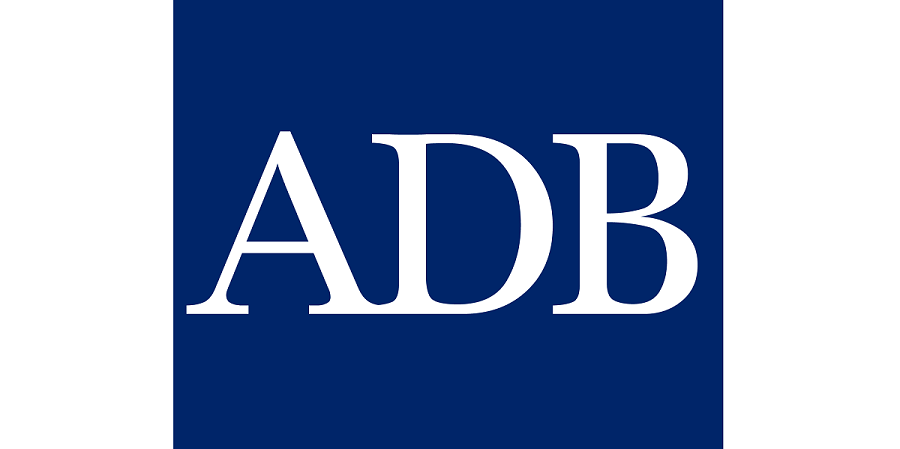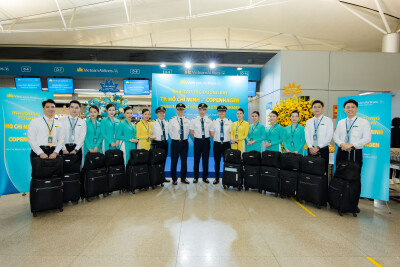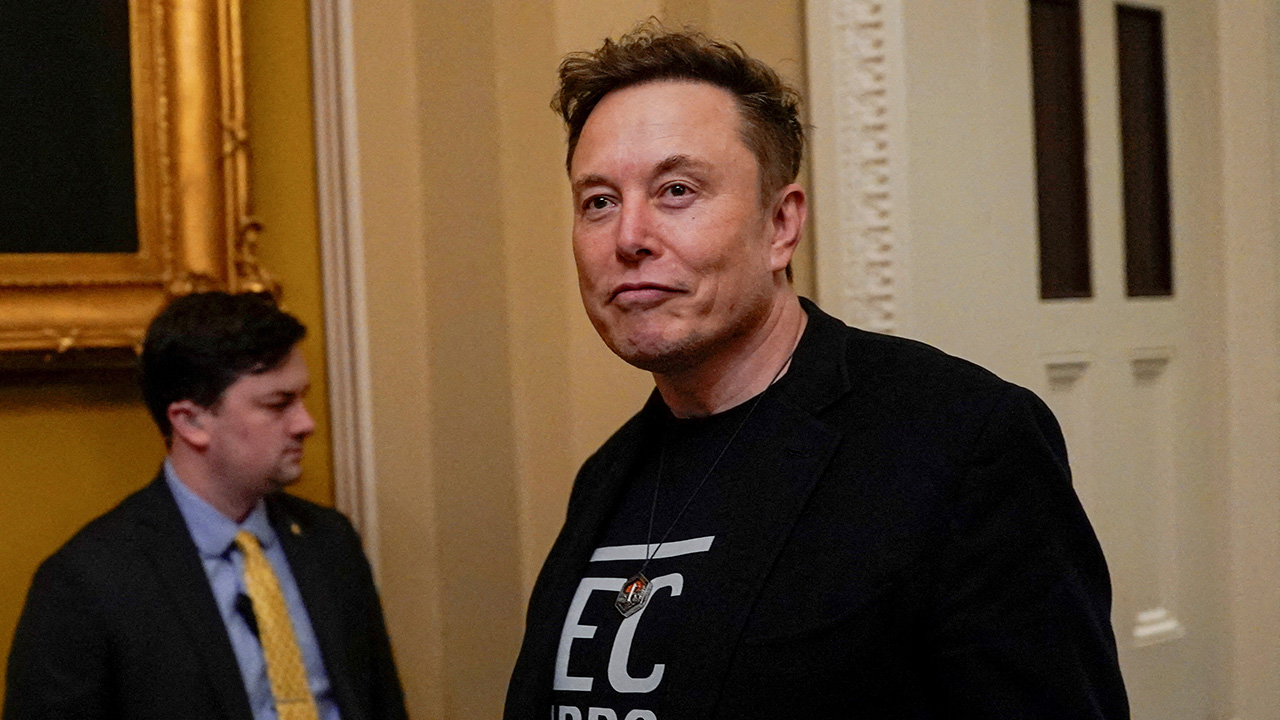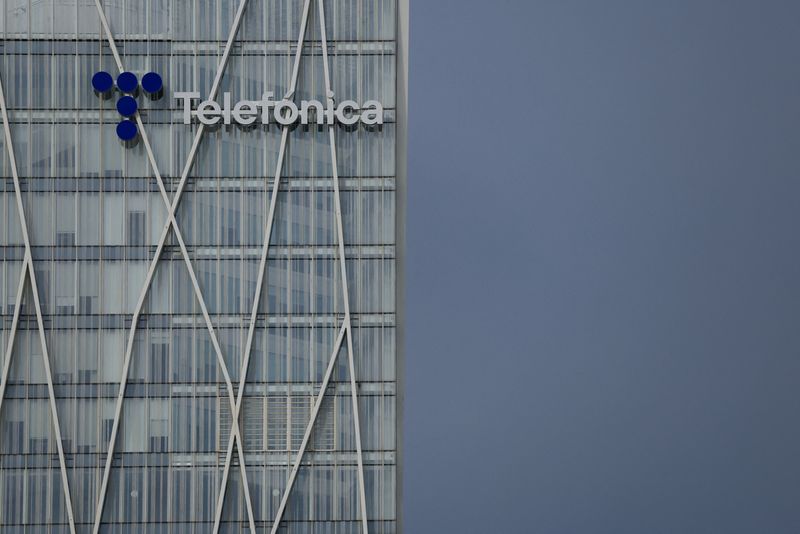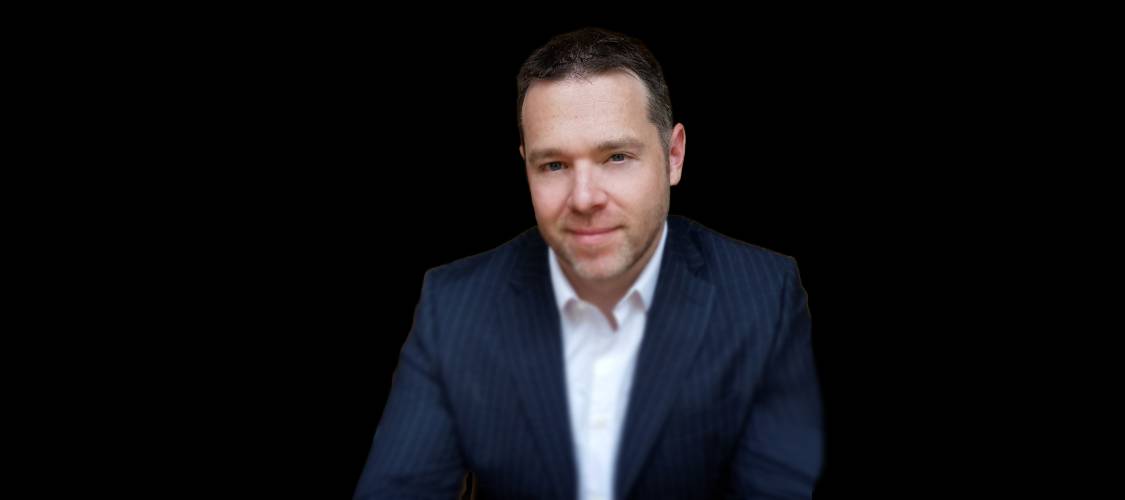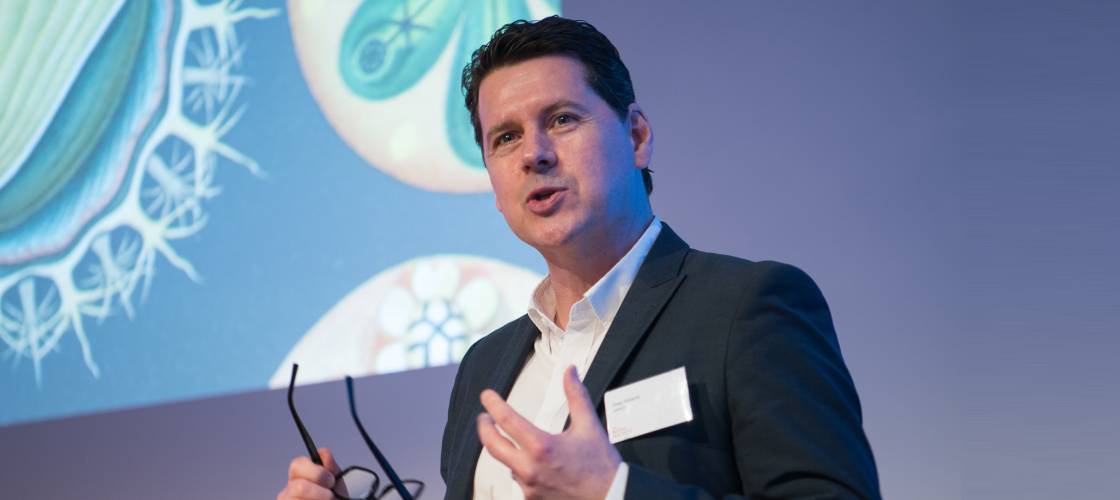Self-Custody: A Smarter Way to Manage Crypto and Digital Assets


The Shifting Landscape of Digital Asset Ownership
Over the past decade, the digital economy has evolved into a multi-trillion-dollar ecosystem, reshaping how individuals engage with money, identity, and data. While centralized financial platforms continue to dominate, a growing cohort of tech-forward investors and consumers is reassessing a critical issue: control. Who truly owns your assets in a digital world? And what happens when centralized systems restrict access, suffer security failures, or shut down unexpectedly?
The emergence of Web3, decentralized finance (DeFi), and blockchain innovations has sparked a major shift toward financial sovereignty. Central to this movement is the principle of self-custody—empowering users, rather than intermediaries, to own and manage their digital assets.
For businesses and investors alike, this shift is more than a philosophical stance. It’s a strategic adaptation to a world where trust must be verifiable, and autonomy is an asset in itself.
Why Self-Custody Matters Now More Than Ever
Breaking Away from Platform Dependency
Banks and centralized crypto exchanges traditionally operate as custodians, holding user assets and facilitating transactions on their behalf. While this model offers convenience, it requires a high level of trust—trust that the institution will remain solvent, maintain robust security, and comply with fair governance.
Recent failures in the crypto sector, including the collapse of major exchanges, have underscored the systemic vulnerabilities of this approach. Self-custody eliminates that dependency by granting users sole control over their private keys, the cryptographic credentials required to access their funds. This shift provides autonomy but demands informed responsibility.
For professionals who manage client assets, the consequences of compromised custody can be catastrophic. Self-custody, when managed correctly, introduces a layer of operational independence that no third-party platform can replicate.
The Business Case for Self-Custody
For institutional investors, family offices, and high-net-worth individuals, self-custody is increasingly viewed not as an optional safeguard but as a critical strategic decision. In today’s volatile regulatory landscape, maintaining independent control over capital enhances resilience and reduces exposure to external risks.
Beyond capital protection, self-custody supports broader goals of digital transformation. It aligns with decentralized identity initiatives, reduces reliance on legacy systems, and contributes to more transparent and efficient operations. It allows for asset segmentation across jurisdictions, flexible compliance strategies, and enhanced risk modeling.
As finance becomes more programmable, self-custody is emerging as the foundation for a new generation of digital asset management strategies.
Technology as an Enabler: Enter Account Abstraction
Historically, one of the most significant barriers to self-custody adoption has been complexity. Wallets have often required deep technical knowledge, presented irreversible risks from user error, and lacked practical tools for everyday users. Fortunately, modern smart contract innovations are mitigating these issues, particularly through a framework known as account abstraction.
Account abstraction allows wallets to operate more like programmable accounts than rigid key pairs. This enables embedded features such as multi-factor authentication, social recovery, and spending policies—all designed within the wallet architecture.
Platforms like Braavos harness account abstraction on Starknet to dramatically improve wallet usability while preserving robust security. By addressing the user experience challenge head-on, this technology makes self-custody viable for a much wider demographic—from tech-savvy early adopters to traditional investors entering Web3 for the first time.
The ability to abstract away complexity is not just a technical achievement; it’s a business advantage, enabling companies to onboard clients and partners into digital finance ecosystems with minimal friction.
Protecting Assets in a Borderless Economy
Mitigating Geopolitical and Regulatory Risks
In today’s increasingly global crypto ecosystem, cross-border risks are a significant concern. Assets stored on exchanges based in foreign jurisdictions can be affected by geopolitical instability, restrictive regulations, or sudden access limitations. Self-custody significantly reduces these risks by keeping the access mechanisms, namely, private keys, outside centralized control.
This level of autonomy holds strong appeal for digital nomads, global entrepreneurs, and international organizations. It ensures consistent access to funds and lowers exposure to external disruption, regardless of geographic location. In regions where capital controls or censorship pose a risk, self-custody becomes not just a convenience but a lifeline.
The assurance of uninterrupted asset control is rapidly becoming a benchmark in the global investor playbook.
Security Is Responsibility—and Opportunity
Self-custody does carry risk, chiefly the burden of securely managing private keys. A single mistake or lost credential could mean irreversible loss. However, this challenge also presents an opportunity: to innovate around user education, onboarding experiences, and recovery systems.
This is where account abstraction again proves valuable. By enabling programmable rules within wallets, it allows for enhanced features like delayed transactions, guardian approvals, and smart recovery protocols—tools that make self-custody both safer and more accessible for professionals and enterprises.
The transformation of wallets from simple containers into smart asset platforms is poised to redefine how institutions handle custody, compliance, and continuity.
Shaping the Future of Wealth in Web3
The shift toward self-custody is not merely technical—it’s ideological. It redefines how we think about trust, access, and digital ownership in the 21st century. As the Web3 ecosystem matures, savvy individuals and institutions will no longer ask if they should self-custody their assets, but why they would trust anyone else to do it.
Platforms like Braavos, engineered for both security and usability, reflect a broader shift in digital finance. Self-custody is no longer just for developers or crypto purists—it’s becoming the default model for professionals, entrepreneurs, and business leaders who value sovereignty, resilience, and control.
The post Self-Custody: A Smarter Way to Manage Crypto and Digital Assets appeared first on European Business & Finance Magazine.


